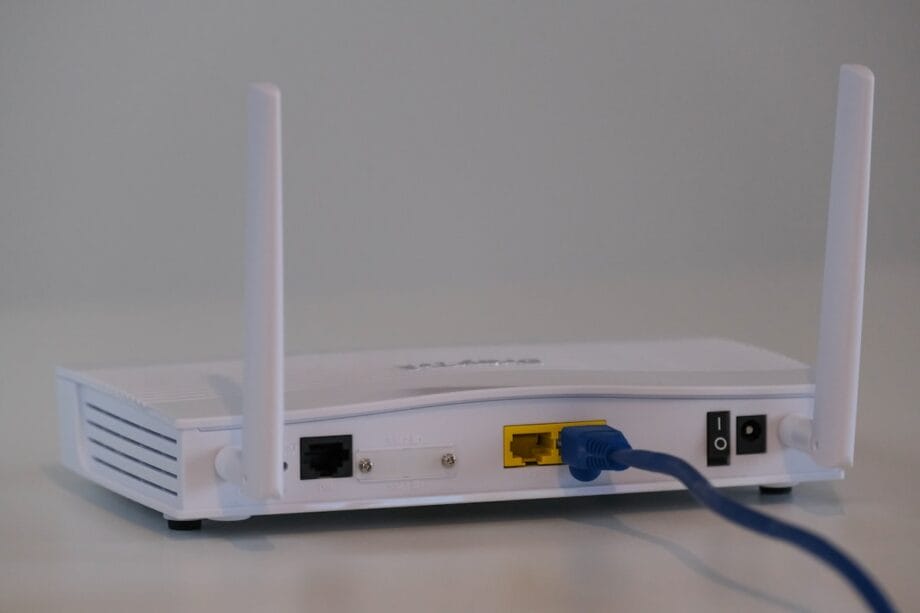What’s happening here?
In the latest quarter, AT&T recorded an addition of 405,000 postpaid wireless subscribers, propelled by enticing iPhone 17 promotions and bundled offers. This surge was notable despite total revenue narrowly falling short of Wall Street’s expectations.
What are the implications?
AT&T excelled beyond analyst projections for subscriber growth by capitalizing on promotions surrounding the new iPhone 17 and effectively bundling mobile services with discounted fiber broadband.
This dual approach has borne fruit: presently, over 41% of the company’s fiber clientele also engages with AT&T mobile, highlighting a remarkable success in cross-selling. The annual launch of the iPhone invariably serves as a pivotal moment for U.S. wireless carriers, and this year’s event contributed to a 6.1% upswing in equipment sales.
However, this growth did not come without its challenges—operating expenses within the mobility sector increased by 3.8%, fueled by heightened marketing efforts and device subsidies. Simultaneously, revenue from AT&T’s business wireline venture dipped by 7.8% as traditional services continued to wane.
Looking ahead, a substantial $23 billion deal concerning spectrum acquisition with EchoStar aims to fortify the company’s future network capabilities. Nevertheless, third-quarter revenue was recorded at $30.7 billion, slightly beneath forecasts, while adjusted earnings per share met expectations at 54 cents.
Why is this significant?
For market observers: A burgeoning mobile landscape amidst legacy challenges.
Telecommunication stocks have faced difficulties stemming from declining legacy business lines. Yet, AT&T’s robust mobile subscriber growth unveils fresh prospects for major carriers.
Despite overall revenue remaining relatively stagnant and expenditures on the rise, continued investments in spectrum and comprehensive service bundles could enable the firm to tap into additional upside, particularly if wireless adoption continues to defy analyst predictions.
A broader perspective: Bundling transforms the telecommunications landscape.

The strategy of bundling wireless and broadband services has evolved from a bonus to a necessity in the telecommunications sector. AT&T’s approach effectively secures a larger customer base while challenging both cable and technological competitors.
The company’s considerable spectrum acquisition highlights the increasing importance of digital infrastructure as demand for connectivity and seamless service escalates across various devices and platforms.
Source link: Finimize.com.






